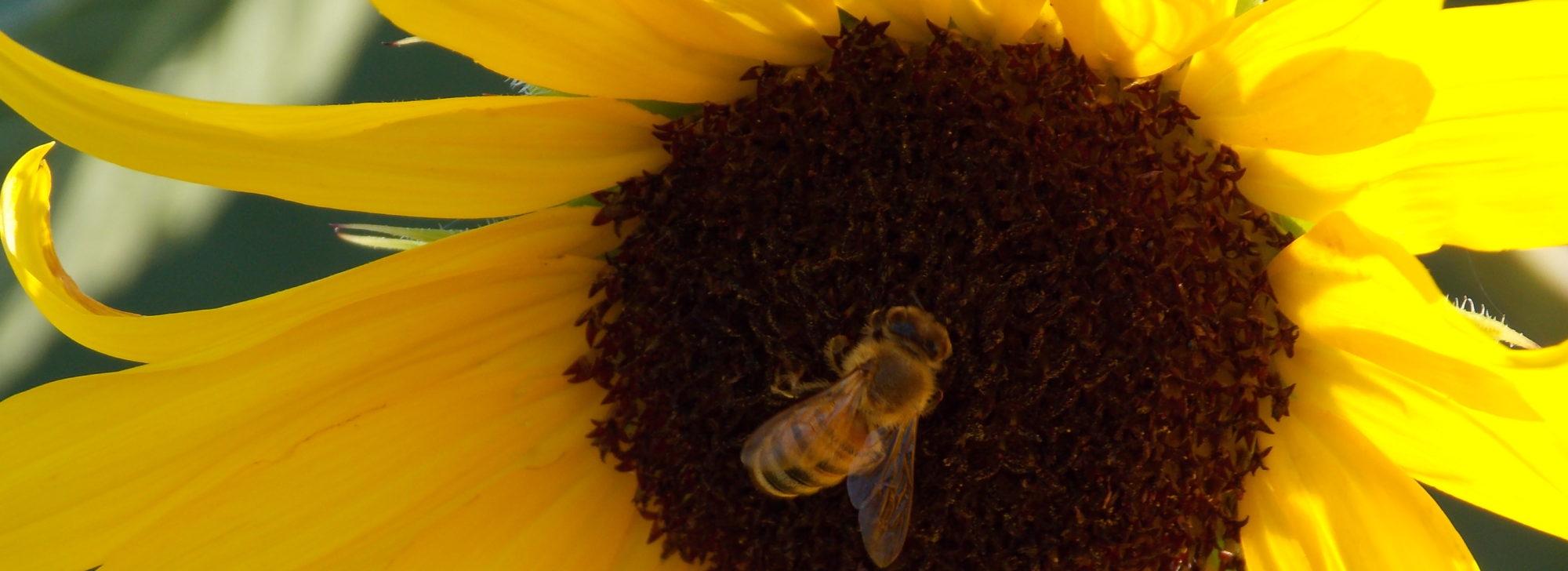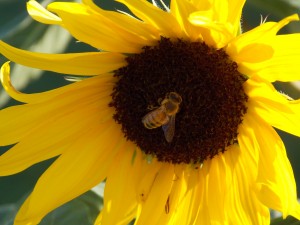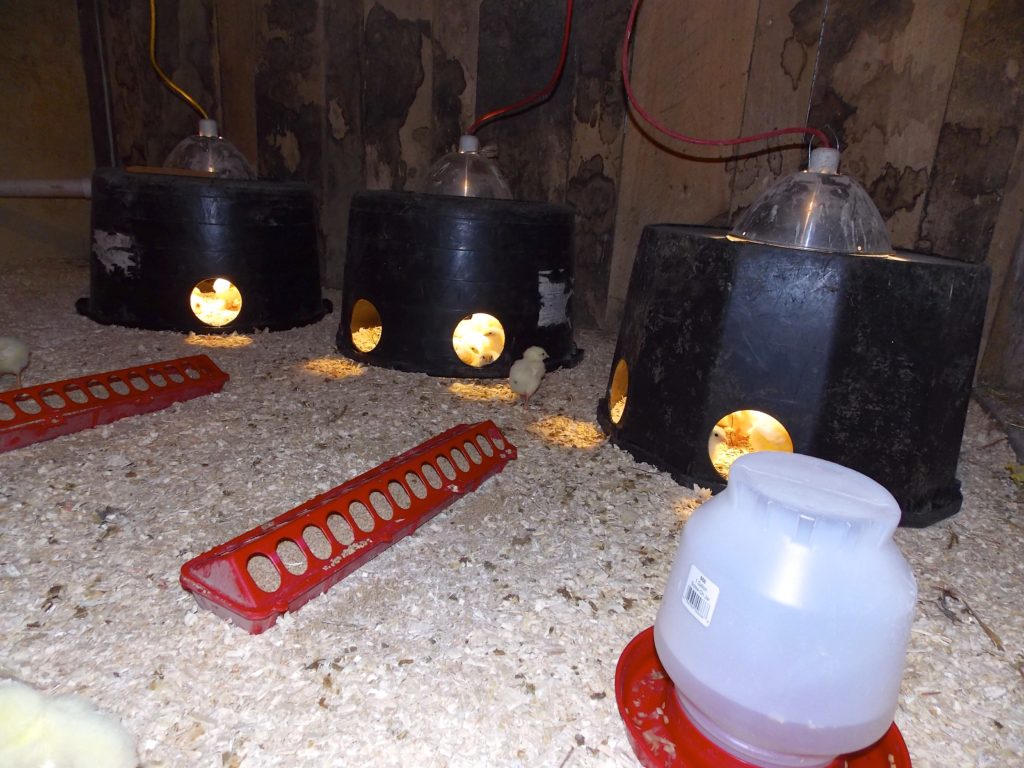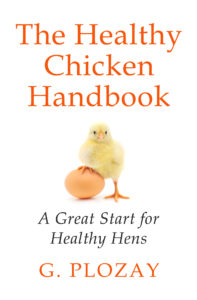 Great News for Iowa!
Great News for Iowa!
Iowa currently has over 10,000 factory farms. A new bill presented in The Iowa House of Representatives,
House file number 203 by Sharon Steckman (D-53). proposes
a moratorium on new and expanded factory farms.
State senator
Claire Celsi (D-21) is introducing companion legislation in the Iowa State Senate.
In Iowa over 750 waterways are impaired due to factory farms and chemical run-off.
Show support for this bill by telling your state representatives that Iowa's environment, and your family's health, is a priority.
Here's More great news...
The Rodale Institute is a pioneer for organic farming methods. They are opening the Midwest Organic Center at Indian Creek Nature Center in Marion, Iowa this summer. They will have an outreach and education center. The Rodale Institute is a great resource for organic farms and farmers transitioning to organic practices.
Organic Farms
There are 723 organic farms in Iowa, ranking it 5th in the nation.
We're committed to the health of the land, livestock and you, our customers.


 Making a Protein Tub Brooder for Starting Chicks
Making a Protein Tub Brooder for Starting Chicks

 Great News for Iowa!
Great News for Iowa!